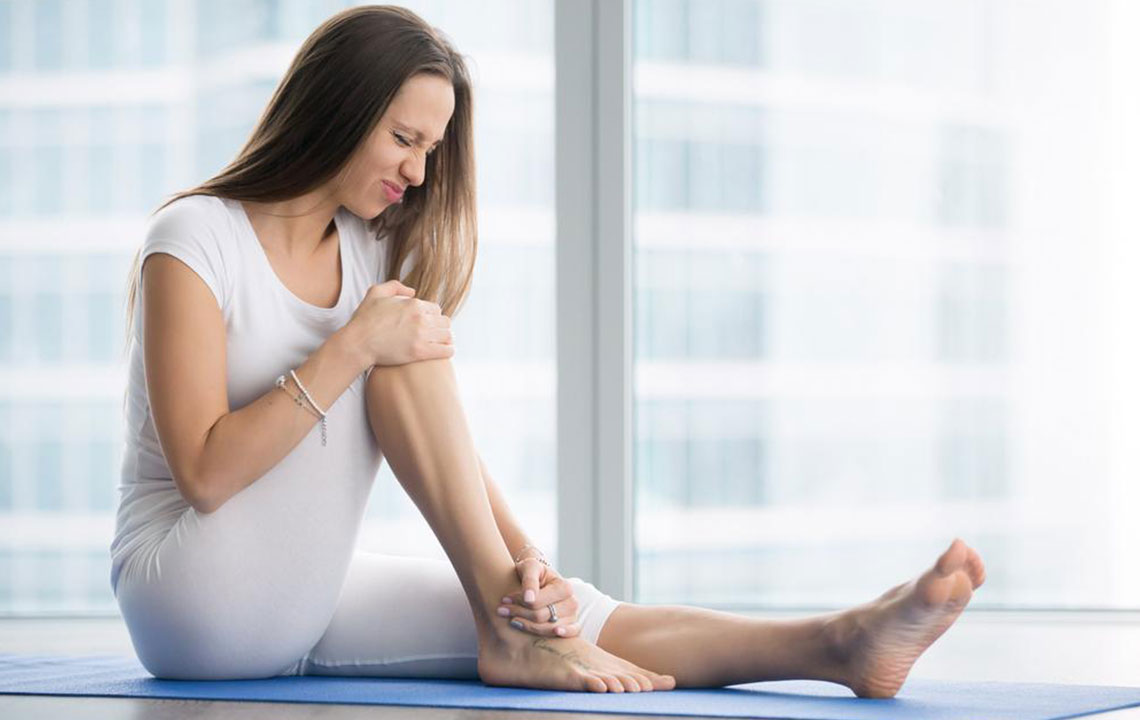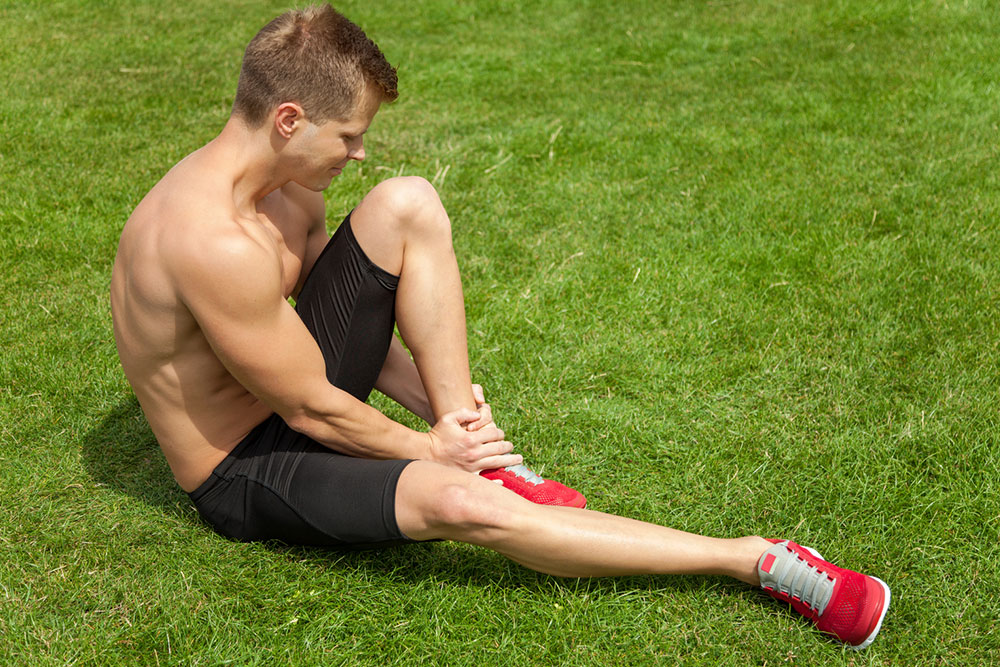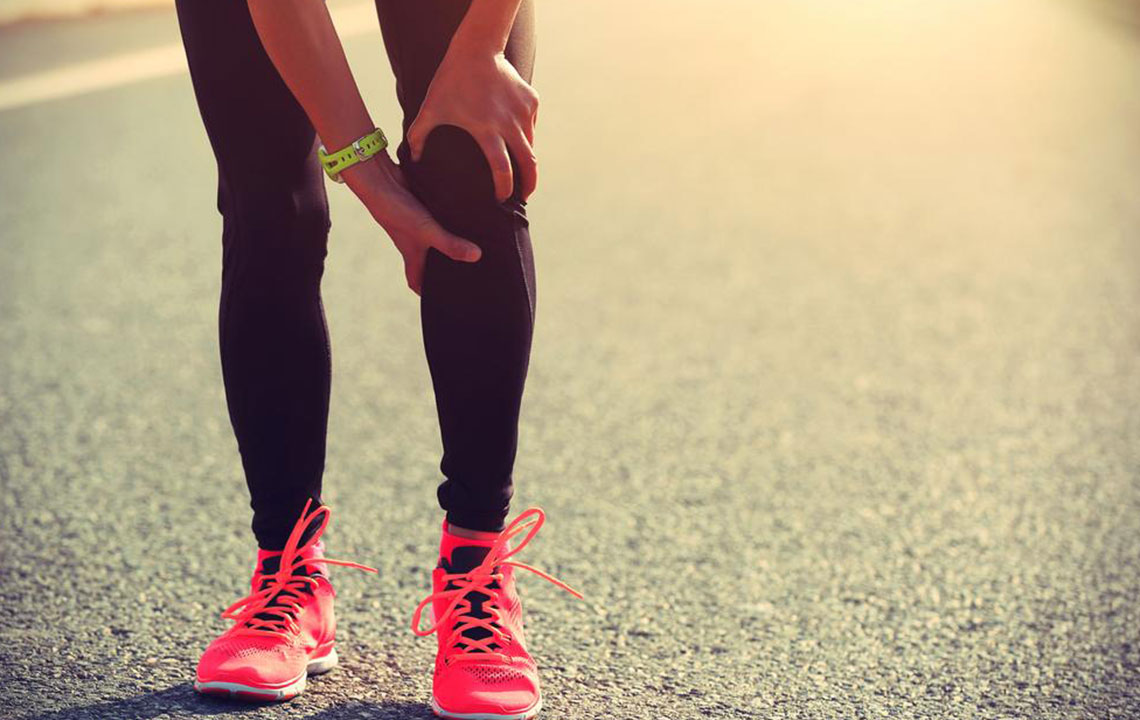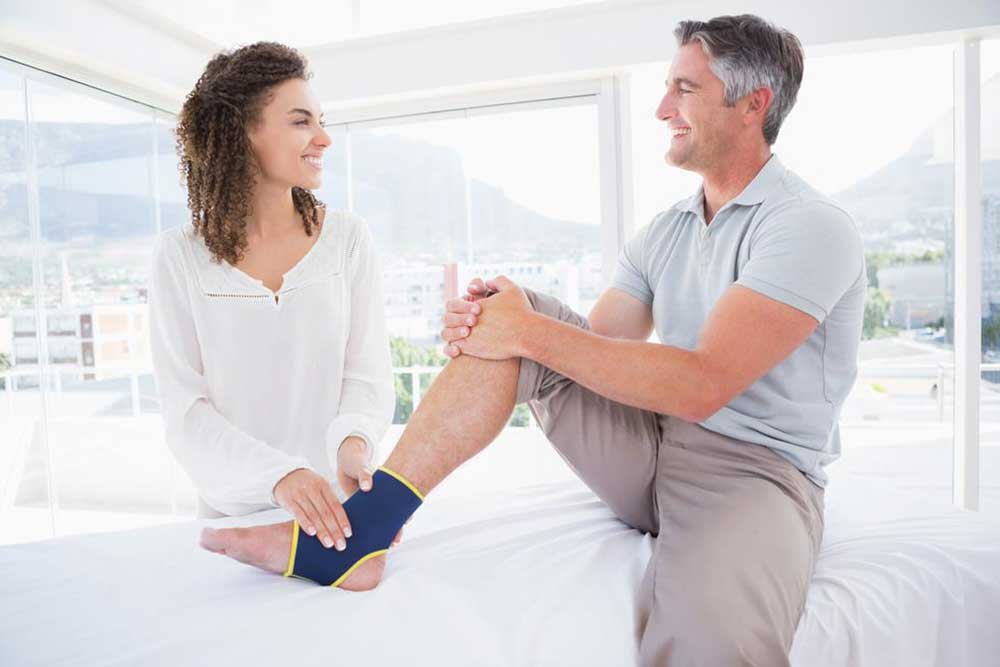Comprehensive Guide to Leg Pain: Causes and Remedies
Explore comprehensive insights into leg pain, including causes such as vascular, neurological, and musculoskeletal issues. Learn about effective exercises for sciatica and varicose veins, along with tips for managing discomfort. This guide helps you understand symptoms, causes, and practical remedies for common leg ailments, emphasizing the importance of seeking medical advice for persistent pain.
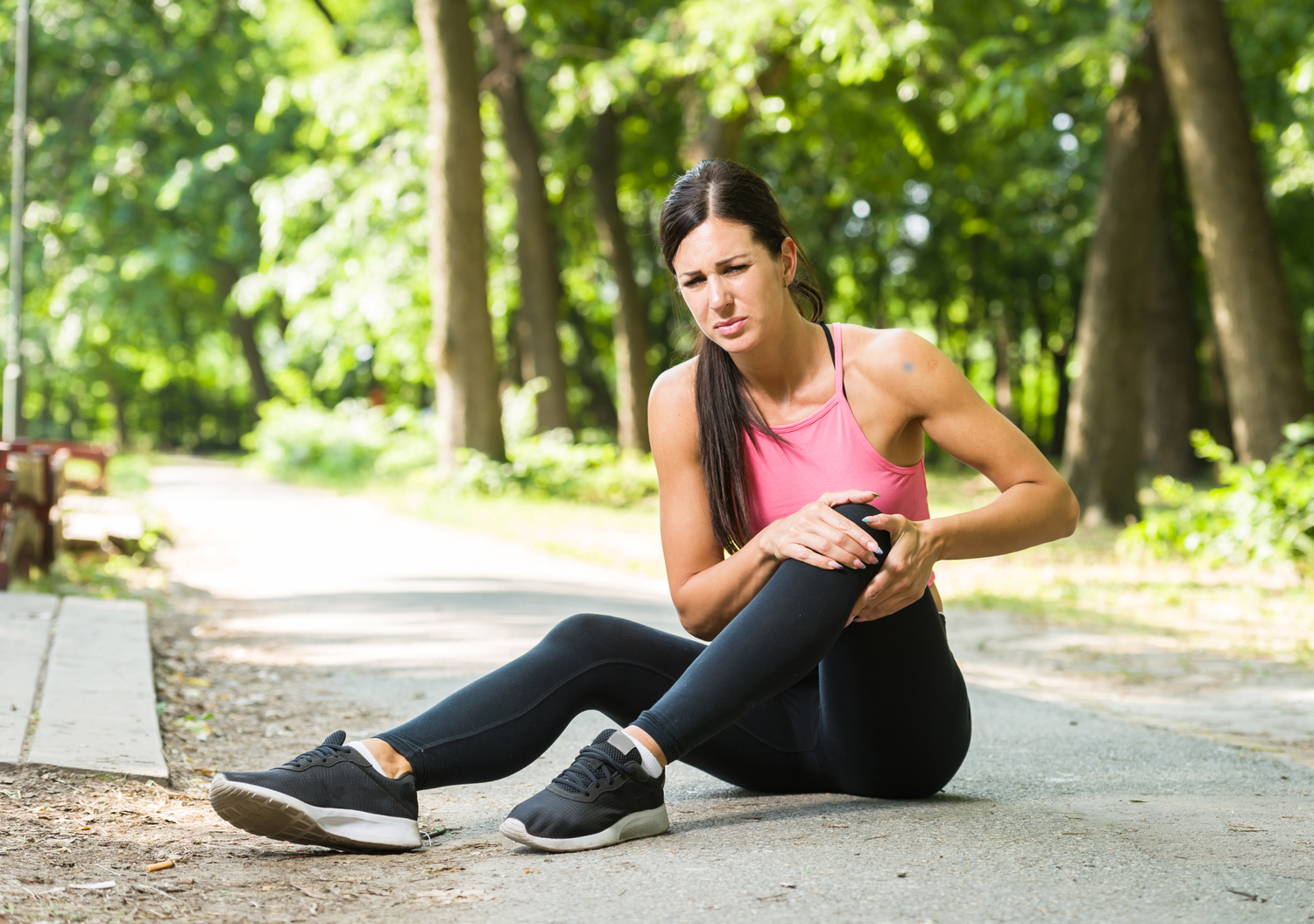
Understanding Leg Pain: Causes, Symptoms, and Treatment Options
Leg discomfort can stem from various reasons, often caused by nerve responses to stimuli like pressure, chemicals, or temperature changes following tissue damage. Symptoms may include sharp, dull, burning sensations, numbness, tingling, or radiating pain. Leg pain can be temporary or persist chronically, with severity rated from mild to severe. Understanding the common causes of leg pain helps in managing and seeking appropriate treatment.
Is Leg Pain Considered Normal?
Leg discomfort can significantly affect daily life and energy levels.
Many people experience leg pain regularly due to physical activity, health factors, or genetics.
It can also happen in specific situations, such as during menstruation in women.
While occasional pain is common, persistent or severe pain warrants medical attention.
Common Causes of Leg Pain
Circulatory Issues: Conditions like peripheral arterial disease, deep vein thrombosis, varicose veins, infections, and eczema contribute to vascular leg pain.
Nerve-Related Pain: Nerve damage, sciatic nerve issues, and restless leg syndrome (RLS), which causes involuntary twitching, can lead to persistent leg pain, often present even at rest.
Musculoskeletal Issues: Problems involving muscles, tendons, or joints, like arthritis, stress fractures, night cramps, or compartment syndrome, cause musculoskeletal pain. Popping or cracking sounds in joints may also indicate such issues.
Exercise-Based Remedies for Sciatic Nerve Pain
Sciatica occurs when the sciatic nerve is compressed or irritated, causing intense pain down the hips and legs.
This nerve extends from the lower back through the hips and down each leg.
Home exercises can help alleviate sciatic pain. Consistent practice often leads to relief.
One effective exercise is the quadruped lift: starting on all fours, keep your back straight, engage your core, then stretch your right arm and left leg, holding for 5-8 seconds. Switch sides and repeat for 2-3 minutes.
Exercise for Varicose Veins-Related Pain
Varicose veins are enlarged veins most common in the deep leg veins, indicating circulatory issues.
They can cause swelling, throbbing, muscle cramps, or even bleeding.
Often, compression stockings help reduce symptoms.
One simple exercise is the bicycle kick: lie on your back, lift legs with knees bent at 90°, then extend and alternate legs in a slow pedaling motion for 2-3 minutes.

